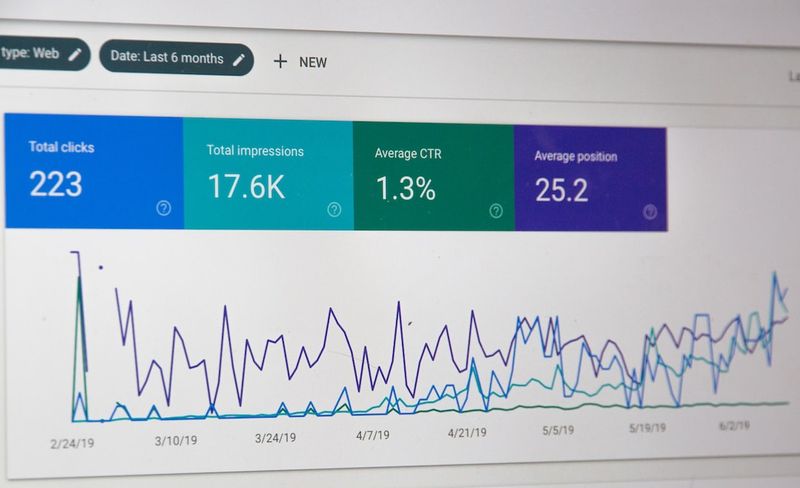The Hidden Danger of Dark Data: Protecting Your Company’s Invisible Asset
Unveiling the Dark Data
In the age of data-driven business operations, companies are increasingly focused on collecting and analyzing vast amounts of information from their customers. While this data holds immense value for companies’ day-to-day operations, there is another massive data repository lurking in the shadows – dark data.
Dark data refers to the information that is unknowingly gathered by companies but is not inherently essential to their core business interactions. This data often remains stagnant in the background, unnoticed and unutilized. However, cybercriminals recognize the hidden worth of dark data, making it a prime target for exploitation.
Think of dark data as the “dark matter” of physics – it extends far beyond published sensitive data elements. It encompasses a diverse range of information, including personal customer data, nontraditional data such as backups, log files, configuration files, internal procedures, email backups or “spools,” scanned documents, and human resources data.
While certain regulatory frameworks, such as the US Health Insurance Portability and Accountability Act (HIPAA) and the General Data Protection Regulation (GDPR) in Europe, aim to protect sensitive information that may fall under the category of dark data, many companies continue to store this data long after their legal obligations require them to do so.
Securing the Unseen
The challenge arises when it comes to protecting dark data when most companies are not even aware of its existence. How can you safeguard something you don’t even know you have? Furthermore, how do you prioritize this amid the myriad of other cyber vulnerabilities your organization faces?
Here are five steps to help protect your dark data:
1. Increase visibility of data
Start by building a comprehensive data inventory to map out the information you are aware of. Then, conduct threat modeling to identify security needs, locate vulnerabilities, assess severity, and prioritize solutions. This process will help you understand your data landscape and evaluate the potential risks it faces.
2. Think like the adversary
Leverage offensive testing, such as ethical hackers and professional security testers, to simulate attacks and breach your defenses. By adopting the mindset of an attacker, you can identify and address vulnerabilities before cybercriminals exploit them.
3. Counter the adversary
With a complete understanding of your data footprint and threat model, reinforce security controls in target areas. This may involve implementing measures such as endpoint detection and response, logging and monitoring, content interception and inspection for web traffic, and patching vulnerabilities. Regularly review and update these controls as part of an ongoing improvement cycle.
4. Shrink the battlespace
In order to minimize risks, dispose of sensitive personal data that is no longer necessary. Limit the collection of data and establish code-level controls to enforce data retention periods. By reducing the proliferation of sensitive data, you can better protect your environment from potential breaches.
5. Avoid technology infatuation
Data loss prevention (DLP) tools can help prevent accidental data breaches, but they should not be solely relied upon for data security. DLP technologies have limitations and can create a false sense of security. It is crucial to strike a balance between people, process, and technology. Reinforce carefully chosen tools with well-documented processes, workflows, and skilled personnel.
The High Cost of Ignoring Dark Data
History has shown that the negligence towards dark data can have severe consequences. Even though it may seem insignificant, dark data breaches have proven to be detrimental to large organizations. Data that was once considered secondary to their business models suddenly becomes financially burdensome in terms of brand trust and legal repercussions.
Just because dark data is not actively used or visible does not mean it’s harmless. Organizations must consider dark data as a potential risk and take the necessary steps to account for it, safeguard it, and regularly purge it when applicable. Failure to protect dark data can result in severe financial and reputational damages caused by cybercriminals who exploit these hidden vulnerabilities.
In today’s digital landscape, data management and protection are paramount. Companies must make a conscious effort to secure not only the well-known data repositories but also the hidden danger of dark data.
Keywords: Data management, dark data, risk management, strategic guide, value optimization

<< photo by Stephen Phillips – Hostreviews.co.uk >>
The image is for illustrative purposes only and does not depict the actual situation.
You might want to read !
- Finding the Balance: Navigating Borderless Data and Data Sovereignty
- What Does Red Sift’s Launch of a New GPT-4-Powered Asset Discovery and Classification Solution Mean for the Future of Data Management?
- The Herculean Task of Identifying Compromised Data: A Logistical Nightmare
- 6 Essential Strategies to Safeguard Your Attack Surfaces
- The Digital Tightrope: Unveiling the Mounting Stressors Faced by CISOs
- “Decoding the Future of Security: Insights from the Gartner Security & Risk Management Summit 2023”




